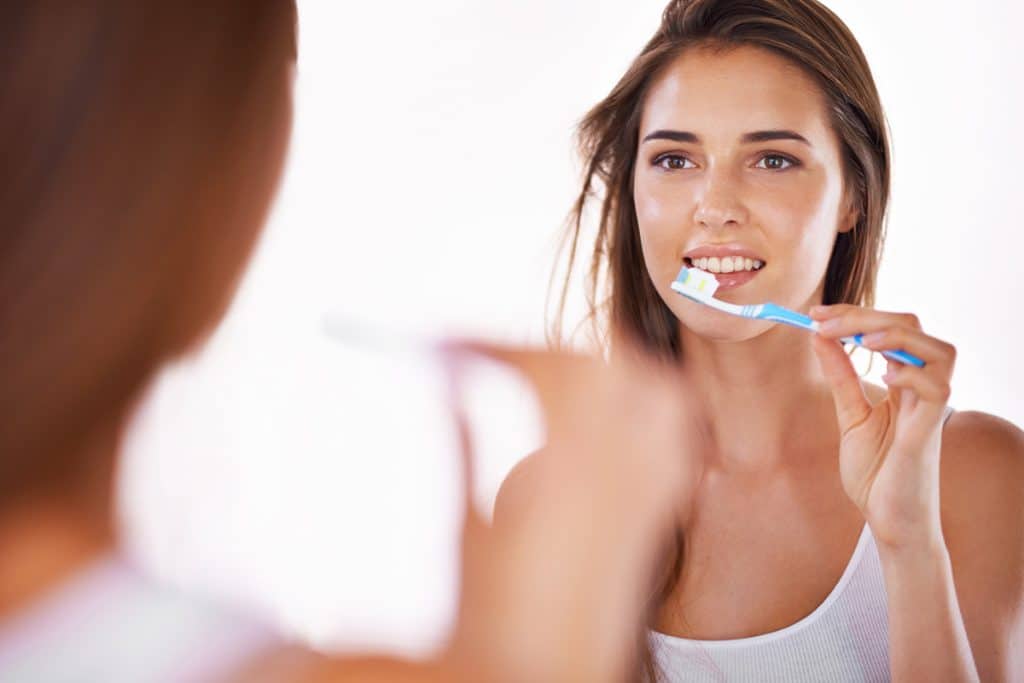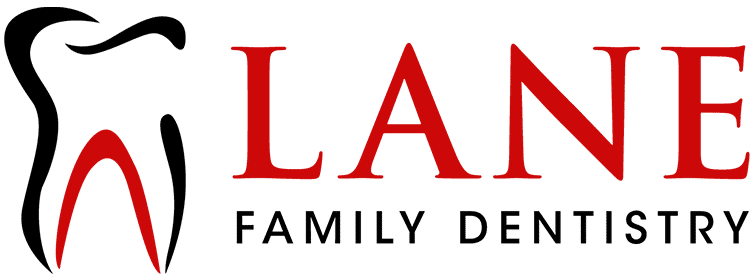Are You Properly Brushing Your Teeth?

Most patients believe that they brush their teeth properly. However, they may still encounter preventable gum disease and tooth decay. Patients want to know why brushing twice daily is insufficient to maintain oral health. The answer often lies in their toothbrushing technique. A quick pass with a toothbrush is not enough to achieve a high level of cleanliness and help protect against oral health problems.
This blog will describe the correct way to brush your teeth and give tips on technique and equipment. When you use these guidelines to improve your home oral care, you will notice better dental checkups and a more brilliant smile.
Selecting Your Toothbrush
Your toothbrushing technique matters more than your choice of equipment. Purchase a soft or sensitive toothbrush to prevent gum and enamel damage. Replace your brush at least once every three months, checking it regularly for signs of wear. If the bristles no longer stand upright or your teeth no longer feel clean when you brush, it is time for a new toothbrush.
Whether you choose an electric version or a manual brush, you will achieve maximum results by following these instructions:
Step 1: Brushing
Use an approved fluoride toothpaste. Brush for two minutes, splitting your mouth into four sections: upper right, upper left, lower right, and lower left. Spend about 30 seconds in each quarter of your mouth. A timer may help you remember this guideline.
Angle your brush toward your gums. Holding your toothbrush at a 45-degree angle helps to cover the crucial area where the teeth meet the gums. Plaque and tartar collect in this zone and cause tooth decay and gum disease.
Move your toothbrush in a circular motion, rotating them gently. Do not push down too hard while brushing, or you will damage your gums.
Brush your tongue to clear away collected bacteria and naturally freshen your breath.
Step 2: Flossing
Use 18 to 24 inches of standard dental floss. You can also use a water flosser or individual floss pick.
Wind the floss around each middle finger, leaving a 1- to 2-inch section in the center. Hold the floss with your index fingers and thumb and gently guide it between the teeth. Move the floss up and down smoothly, cleaning each side of the tooth.
When you reach the gums, curve your floss into a C. This shape will let the floss go between your tooth and gum.
After you floss each tooth, expose a clean section of floss and progress to the next.
If your gums bleed when you floss, you may have gingivitis or the first stage of gum disease. Bring this problem to your hygienist's attention as soon as possible. Gingivitis can progress to periodontal disease when left unchecked and will eventually endanger your natural teeth. However, the condition is reversible with proper home care and regular cleanings.
Step 3: Rinsing
After brushing and flossing, your teeth need to be rinsed. Some dentists suggest waiting 30 minutes after brushing to rinse your teeth or drink water because this can increase fluoride's benefits.
Frequently Asked Questions About Home Oral Care
Why is proper brushing and flossing so important?
Home care and dental cleanings are equally important in supporting your oral health. If you neglect your teeth at home, your hygienist cannot make up for it in the dentist's chair.
The more you follow instructions for proper brushing and flossing, the more likely you will have positive dental visits and protect yourself from the damaging effects of plaque, tartar, gum disease, and tooth decay.
Can I speed up my brushing routine if I use an electric toothbrush?
While electric toothbrushes remove more plaque than the standard variety, they are not a shortcut to cleaner teeth. You will still need to spend 2 minutes brushing and paying attention to each section of your mouth. An electric toothbrush is an asset to older patients who have difficulty keeping up with oral hygiene due to arthritis.
Call Lane Family Dentistry
When you follow our tips for brushing and flossing, you will experience consistently better checkups and protect your teeth from long-term damage. Brushing and flossing take only a few minutes each day, and they pay off in lower lifetime dental costs.
To learn more about home oral care and how it can affect oral health, please call our Vilonia, AR, office at 501-796-3903.
